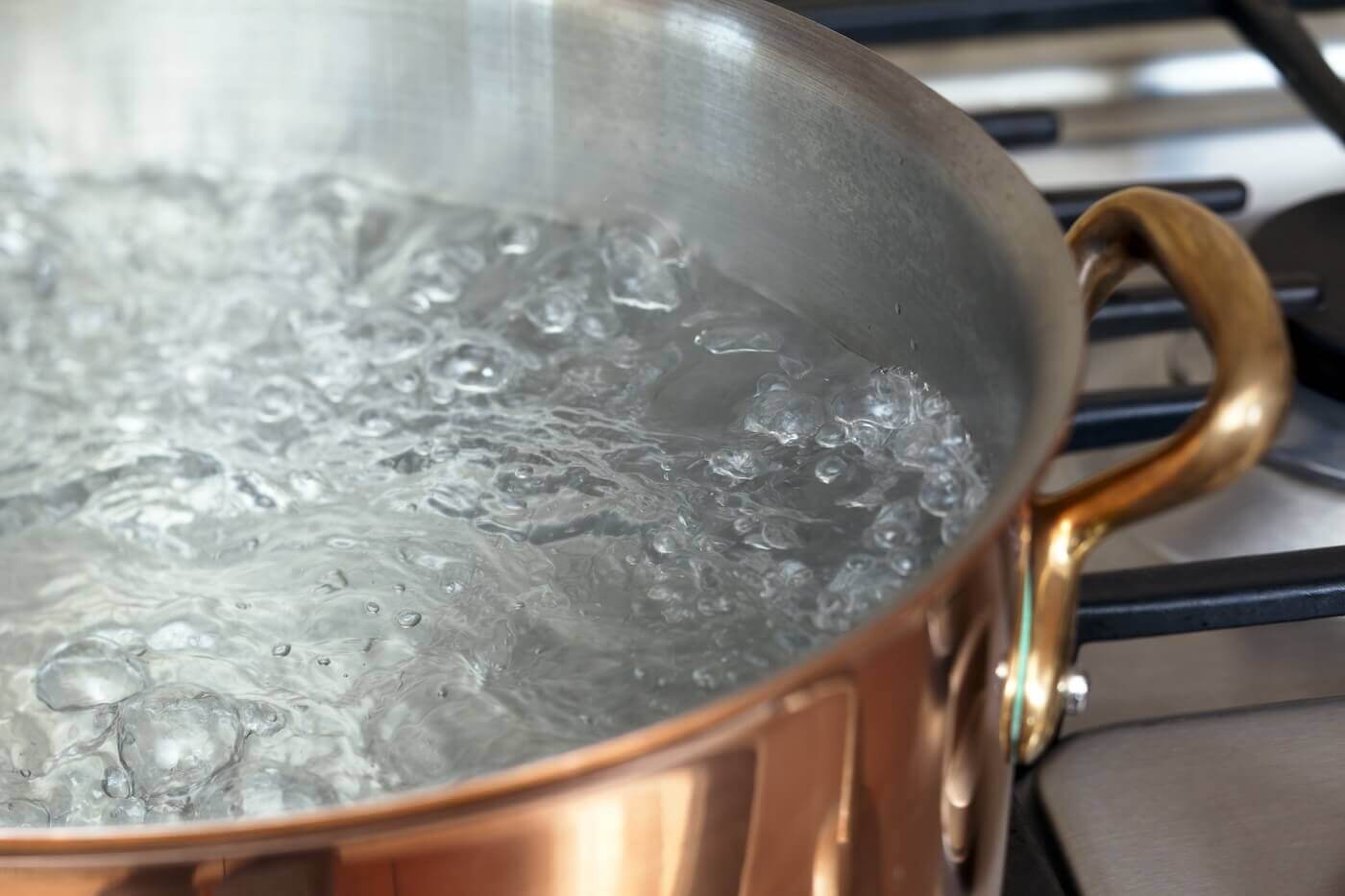The Difference Between Poaching, Simmering, and Boiling
As a passionate home cook looking to enhance your skills in the kitchen, there are three techniques you must learn: poaching, simmering, and boiling.
These techniques fall under the moist heat method of cooking, which involves cooking ingredients in liquids on the stove. Each of these three methods have the same concept of using heated liquid to prepare an ingredient, but they are also very different, especially concerning the liquid’s temperature.
In this article, we’re going to explore each technique, how they’re different from each other, and how you can incorporate them into your own cooking.
Poaching
Poaching is a very delicate French cooking technique used to cook ingredients such as eggs, fish, chicken, vegetables, and fruits.
Some popular dishes you may be familiar with that use poaching are eggs benedict, poached salmon, and poached pears.
The technique involves submerging an ingredient in a low-temperature liquid, usually between 160 and 180 degrees Fahrenheit. Many health-conscious cooks enjoy poaching because it uses little to no fat, but still creates delicious meals.
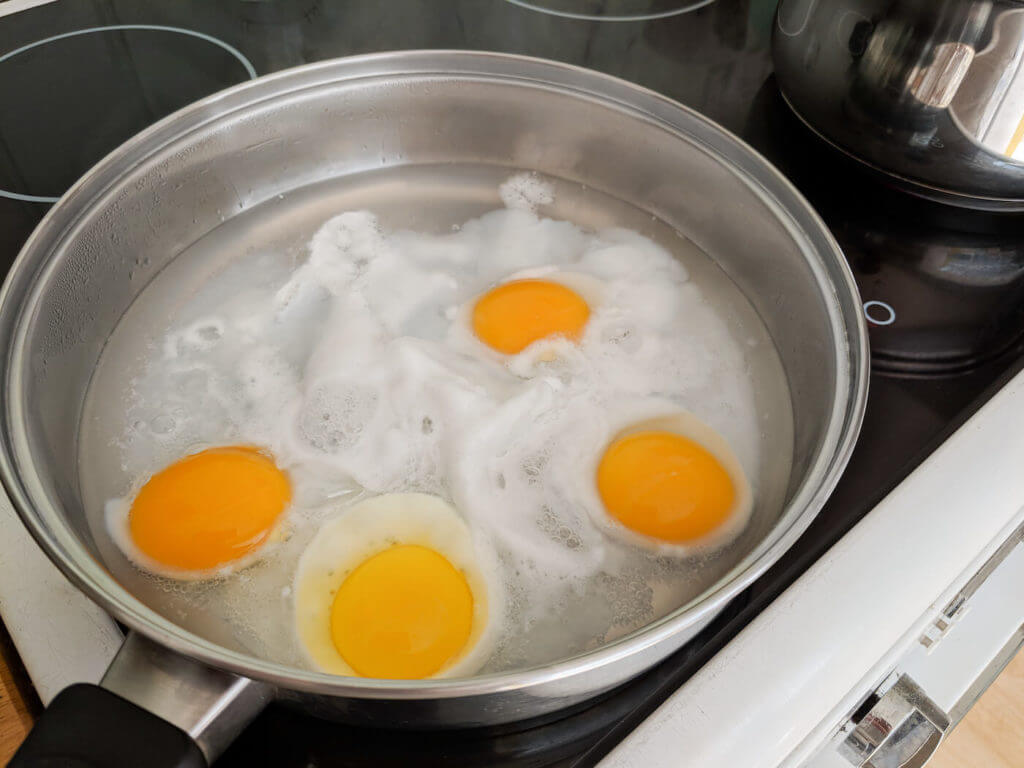
Here are just a few of the liquids you can use to poach an ingredient:
- Water
- Butter
- Stock
- Vinegar
- Milk
- Broth
- Red or white wine
It’s important to note that these liquids may be flavored with spices and herbs to enhance the taste of the meal.
There are two primary methods of poaching you can use when preparing a meal:
Submersion or Deep Poaching
Submersion poaching or deep poaching is often seen as the traditional method of poaching. The ingredient is fully submerged in the heated liquid and may be covered with cheesecloth or parchment paper. This poaching method is typically used with large cuts of meat or poultry to ensure that it is cooked evenly.
Shallow Poaching
With shallow poaching, only enough liquid is added to partially submerge the ingredient. Add your aromatics, salt, oil, or butter to the pot or pan followed by the poaching liquid. It’s best to use a pan that is wide enough for the ingredient to lay comfortably on the surface. Make sure to place a lid on top of the pot to allow the hot steam to thoroughly cook the ingredient. Poached salmon is an excellent dish to try out this method of poaching.
Simmering
Simmering is a moist heat method that falls right between poaching and boiling. It requires more attention and heat regulation to keep a constant temperature that isn’t too cool or too hot. This method is often used to cook grains, fish, shellfish, vegetables, legumes, meat, and stock.
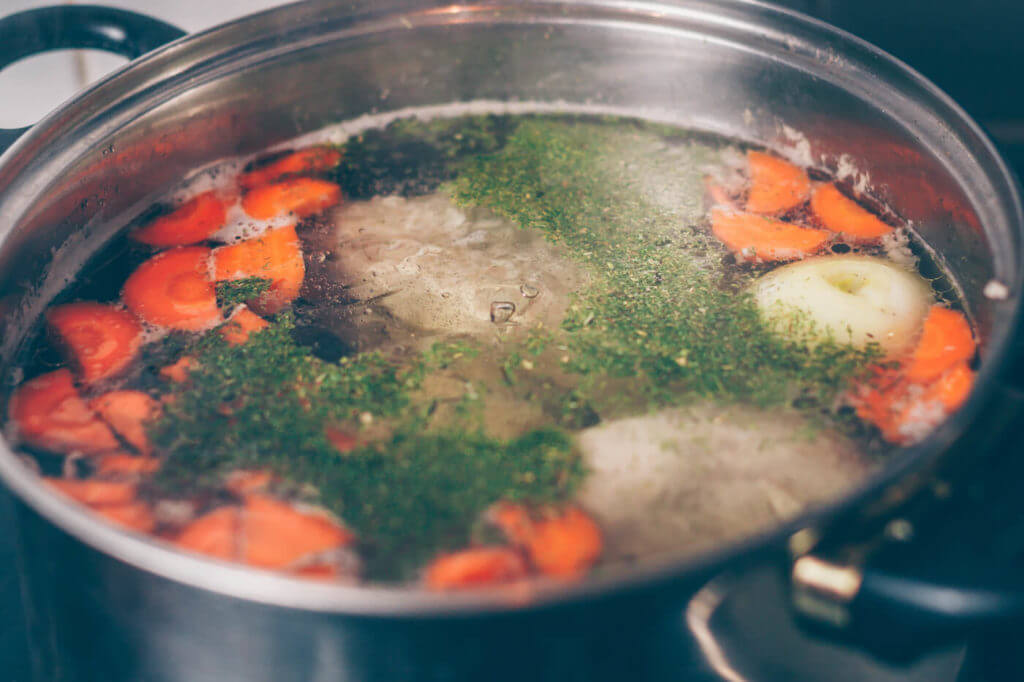
When simmering an ingredient, the liquid must stay between 185 and 200 degrees Fahrenheit. You will notice small bubbles forming at the bottom of your pot or pan that may rise to the top. Wisps of steam will also rise from the surface.
The ingredient should be fully submerged in the liquid and even have room to expand as it cooks. Usually, meals that involve simmering will be left to sit on the stove for a bit to allow the flavors to mix.
Popular dishes that involve simmering include chicken soup, beef stew, and rice pilaf.
Culinary & Pastry Career Survey
Culinary & Pastry Career Survey
What's your ideal culinary career? Answer 20 simple questions and see if your dream career gets revealed to you.
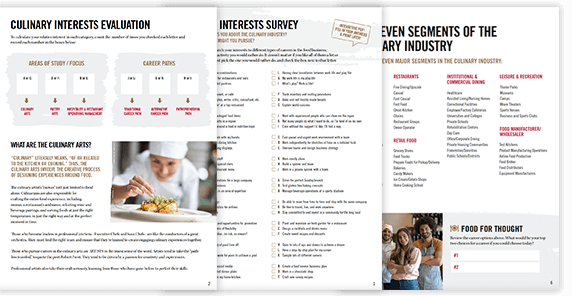
We’ve compiled of all of the essential questions into one handy guide: Career options, description of skill requirements, and more!
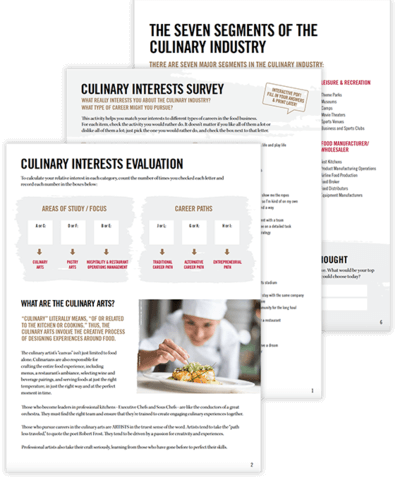

There are three different types of simmering you can use to cook your ingredients on the stove.
Fine Simmer
A fine simmer can be identified by scarce bubbles rising to the surface every two to three seconds.
Simmer
A regular simmer involves a constant rise of small bubbles to the surface of the pot.
Vigorous Simmer
A vigorous simmer will have a constant stream of small bubbles coming to the top along with wisps of steam floating off the surface. This is not a boil, though!
Boiling
Boiling is probably the most well-known method of cooking with liquid. You can identify a boiling pot when bubbles start rolling at the surface. For this to happen, the liquid’s temperature must be at least 212 degrees Fahrenheit.
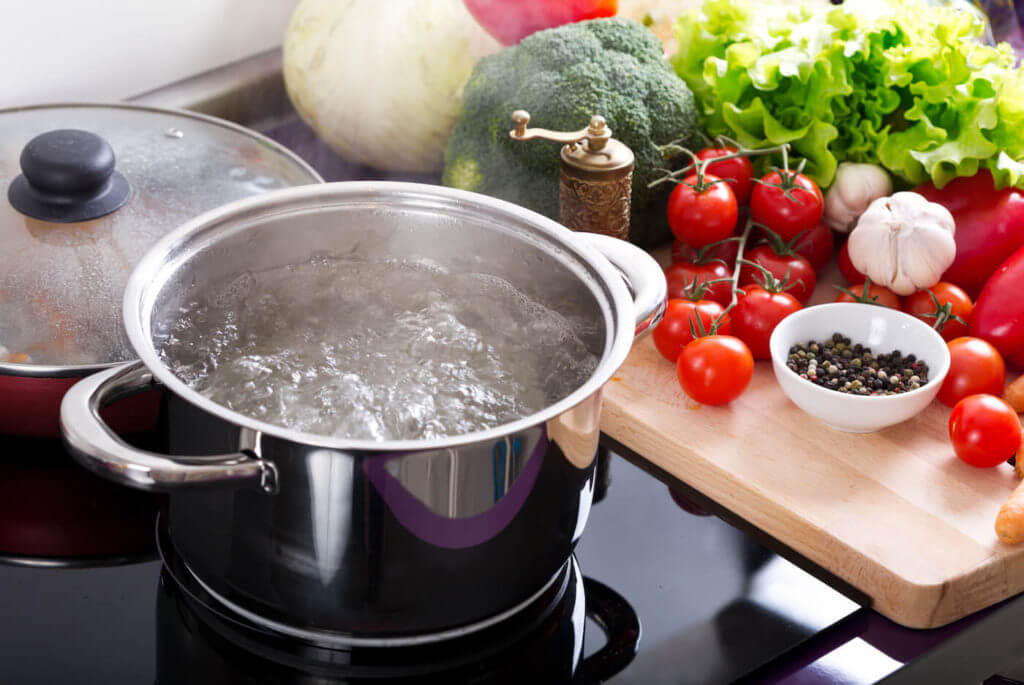
When cooking by boiling, wait until the liquid is fully boiling before adding the ingredient. You can also season the liquid with salt or bouillon to add extra flavor.
The most common ingredients cooked by boiling include rice, pasta, grains, vegetables, and eggs. This technique is often used to cook tougher ingredients like dried pasta and potatoes.
Some popular dishes that require boiling include any type of pasta, mashed potatoes, and deviled eggs.
So, boiling is the highest level of moist heat cooking when talking about poaching, simmering, and boiling. With each method, the temperature of the water increases.
Master These Techniques and More with Online Cooking Classes
Want to know more traditional and essential cooking techniques to use in your own kitchen? Sign up for online cooking classes and get mentorship from professional Chef Instructors to improve your cooking skills.
Or consider an online diploma or degree program in the culinary or pastry arts from Auguste Escoffier School of Culinary Arts.
If you enjoyed this article, read these next:
- 5 Spices to Use Instead of Salt
- An Introduction to the 5 French Mother Sauces
- What Spices Are Used in French Cooking?
This article was originally published on August 17, 2015, and has been updated.

